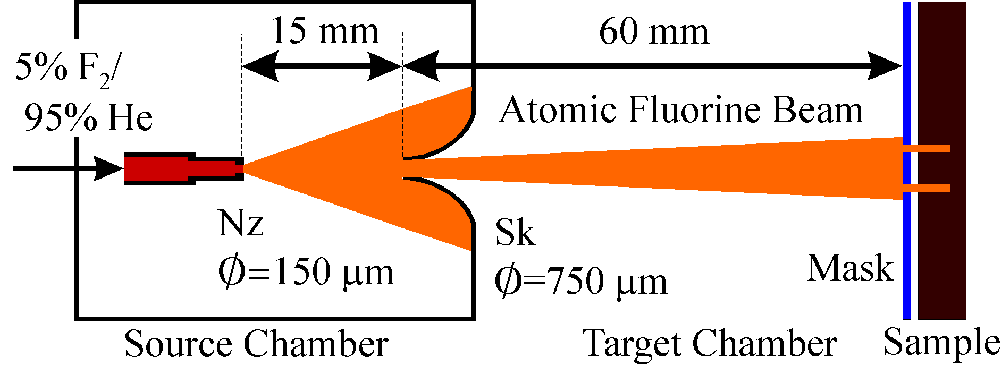 Fig. 1 Schematic of atomic fluorine beam etching apparatus.
Fig. 1 Schematic of atomic fluorine beam etching apparatus.
A high-pressure (2000-3000 Torr) gas mixture of 5% molecular fluorine in helium is introduced into a MgF2 tube heated to 900°C.
At this temperature approximately 70% of the molecular fluorine dissociates into atomic fluorine.
The gas mixture then expands through the 150 m
m-diameter nozzle (Nz).
The 750 mm-diameter skimmer (Sk) collimates the gas into a beam, which impinges on the masked sample in the target chamber. The energy of the atomic fluorine in the beam is about 1.0±
0.1eV, and the flux at the target is about 1x1018 cm-2s-1.
Based on the diameter of the source nozzle and target position, the angular dispersion is 0.1o.
Figure 1 shows the atomic fluorine beam etching apparatus. The apparatus consists of an atomic fluorine source connected via differential pumping to a target chamber. Diffusion pumps using fully fluorinated Fomblin oils evacuate both vacuum chambers.
The target chamber pump is lN2 baffled, and the pressure in this chamber is about 2x10-5 Torr (5x10-6 Torr) while the beam is on (off).
To generate a well-collimated, intense beam, we thermally dissociate a high-pressure (2000-3000 Torr) gas mixture of 5% F2 in He flowing through a ~150 mm-diameter nozzle at the tip of a MgF2 tube. Heating the nozzle to ~900oC results in a measured dissociation yield of about 70%.3 The kinetic energy of the atomic F beam is measured to be 1.0±0.1 eV.
Downstream, the jet is collimated by a 750 mm-diameter skimmer before reaching the sample target. Beam intensities are difficult to measure directly; based on flow measurements for the He beam component we estimate (within a factor of 2) an F intensity of 1x1018 cm-2s-1.
Samples are cleaned using a standard degreasing treatment (acetone, methanol, and DI water); in the case of Si samples this is followed by a dilute HF etch to remove any surface oxides.
The samples are then mounted onto a resistively heated copper target assembly and loaded into the etching chamber.
 Fig. 1 Schematic of atomic fluorine beam etching apparatus.
Fig. 1 Schematic of atomic fluorine beam etching apparatus.